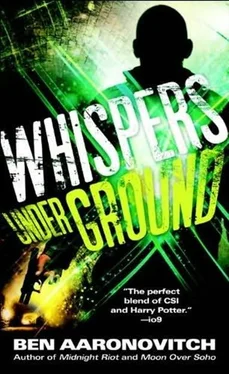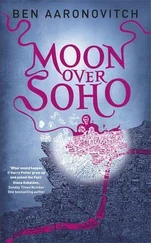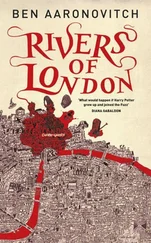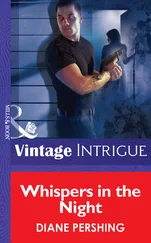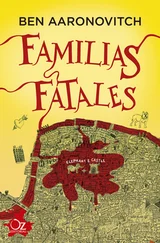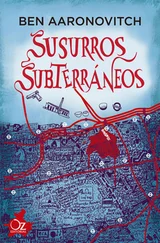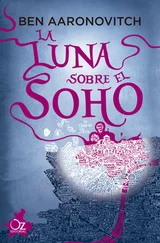It took me a couple of hours to finish up Mr Huber’s statement and my observations about the possible change in James Gallagher’s personality as indicated by the abrupt change in his work. To relieve the boredom I Googled Ryan Carroll to see whether there was anything interesting about James Gallagher’s interest in him. His biography was pretty sparse – born and raised in Ireland and until recently based in Dublin. Best known for an installation of one-quarter-sized crofters’ houses made out of Lego and roofed with old library copies of the classics of Irish literature covered in a layer of horseshit. It didn’t seem twee enough for early James Gallagher or twisted enough for his late period. There were a couple of reviews in the online magazines, all within the last couple of months, praising his new work and an interview in which Carroll talked about the importance of recognising the industrial revolution as the fracture point between man as spiritual being and man as consumer. As someone who grew up in Ireland and witnessed at first hand the booming Celtic Tiger and then experienced its bust, Carroll brought a unique insight into the alienation of man and machine – or at least that’s what Carroll thought. His new work was aimed primarily at challenging the way we look at the interface between the human form and the machine.
‘We are machines,’ he was quoted as saying. ‘For turning food into shit and we’ve created other machines that allow us to be more productive – to turn more food into more shit.’ I got the impression that he was considered a man to watch, although possibly not while eating. I added these details to the report – I didn’t know how significant it was that an art student was planning to go to an art gallery, but the golden rule of modern policing is everything goes into the pot. Seawoll, or more likely Stephanopoulos, would read through it and decide whether she wanted it followed up.
I called the Inside Inquiry Team at Belgravia, which is the bit that handles the data entry, and asked them if I could email the statement. They said that was fine providing I handed in the original copy as soon as possible and I labelled it correctly. They also reminded me that unless the Folly had secure evidence storage I would have to turn over everything I’d recovered from James Gallagher’s locker to the Exhibits Officer.
‘Don’t worry. We’re very secure here,’ I told them.
It took me another half an hour to finish the forms and send them off, at which point Lesley called to remind me that we were supposed to be interviewing our suspected Little Crocodile, Nightingale having set out for Henley that morning when it became clear I was going to be busy. So much for getting to see Beverley this year. Lesley wondered if he was going to make it back that evening.
‘He’s too sensible to drive in this,’ I said.
We met up by the back stairs, which were tucked away at the front of the Folly, and she followed me down to the secure storage room which also served as our gun locker. After my exciting encounter with the Faceless Man on a Soho rooftop, Nightingale and our friend Caffrey the ex-Para spent a fun week clearing out weapons and ammunition that had been rotting inside for over sixty years. The bit I found particularly enjoyable was when I accidentally opened a crate of fragmentation grenades that had been sitting in a puddle since 1946 and Caffrey’s voice had shot up two octaves as he told me to back away slowly. We had to have a couple of guys from the Explosives Ordnance Disposal Unit come and take them away. An operation me and Lesley supervised from the café in the park across the road.
The equipment passed for operational by Caffrey had been cleaned and stored on brand-new racks on one side and metal shelving installed on the other for evidence storage. I signed the items in on the clipboard provided and then Lesley and I buggered off to the Barbican.
After World War Two there wasn’t much left of English wizardry except for Nightingale, the walking wounded and a number of practitioners too old or not good enough to get themselves killed in that final convulsive battle in the forests near Ettersberg. I don’t know what the fight was about for sure, but I have my theories – Nazis, concentration camps, the occult – a lot of theories. Only Nightingale and a couple of senior wizards, now long dead, had stayed active, the rest having died of the wounds, gone mad or renounced their calling and taken up a mundane life. Breaking their staffs is what Nightingale called that.
Nightingale had been content to fall into a holding pattern, retreating into the Folly and emerging only to deal with occasional supernatural difficulty for the Met and the regional police forces. It was a brand-new world of motorways and global superpowers and atomic bombs. He, like most people in the know, assumed that the magic was fading, that the light was going out of the world and that nobody was practising magic but him.
He turned out to be wrong in almost every respect, but by the time he’d figured that out it was too late – somebody else had been teaching magic since the 1950s. I don’t know why Nightingale was so surprised – I barely knew four and a half spells and you couldn’t have got me to give it up and that’s despite close brushes with death by vampire, hanging, malignant spirit, riot, tiger-man and the ever-present risk of overdoing the magic and getting a brain aneurysm.
As far as we could reconstruct it, Geoffrey Wheatcroft, an undistinguished wizard by all accounts, had retired post-war to teach theology at Magdalen College, Oxford. At some point in the mid-1950s he had sponsored a student dining club called the Little Crocodiles. Dining clubs being what posh undergraduates did in the fifties and sixties when they weren’t having doomed love affairs, spying for the Russians or inventing modern satire.
To spice up their evenings, Geoffrey Wheatcroft taught a select number of his young friends the basics of Newtonian magic, which he should not have done, and trained at least one of them up to what Nightingale called ‘mastership’ – which he really should not have done. At some point, we don’t know when, this apprentice moved to London and went to the dark side. Actually, Nightingale never calls it the dark side, but me and Lesley can’t resist it.
He did terrible things to people, I know, I’ve seen some of it – the bodyless head of Larry the Lark and the other denizens of the Strip Club of Doctor Moreau – and Nightingale has seen more but won’t talk about it.
We know from eyewitness accounts that he used magic to conceal his features. He appeared to have become inactive in the late 1970s and, as far as we could tell, his mantle was not taken up until the one we call the Faceless Man burst onto the scene some time in the last three or four years. He came this close to blowing my head off the previous October and I wasn’t in a hurry to meet him again. Not without backup anyway.
However, having an ethically challenged magician running around on our manor was not on. So we decided to adopt an intelligence-led approach to his apprehension. Intelligence-led policing being when you work out what you’re doing before you run in and get your head blown off. Hence us working our way down the list of possible known associates and looking to winkle out the Faceless Man’s real identity. Because if it wasn’t a vulnerability why would he want to keep it a secret.
Shakespeare Tower is one of three residential towers that are part of the Barbican complex in the City of London. Designed in the 1960s by adherents to the same Guernsey Gun Emplacement school of architecture as those that built my school, it was another Brutalist tower of jagged concrete that had acquired a Grade II listing because it was that or admit how fucking ugly it was. However, whatever I thought of it aesthetically, Shakespeare Tower had something that was practically unique in London, something that I was very grateful for as I cautiously skidded the Asbo through snow-covered streets – its own underground car park.
Читать дальше
